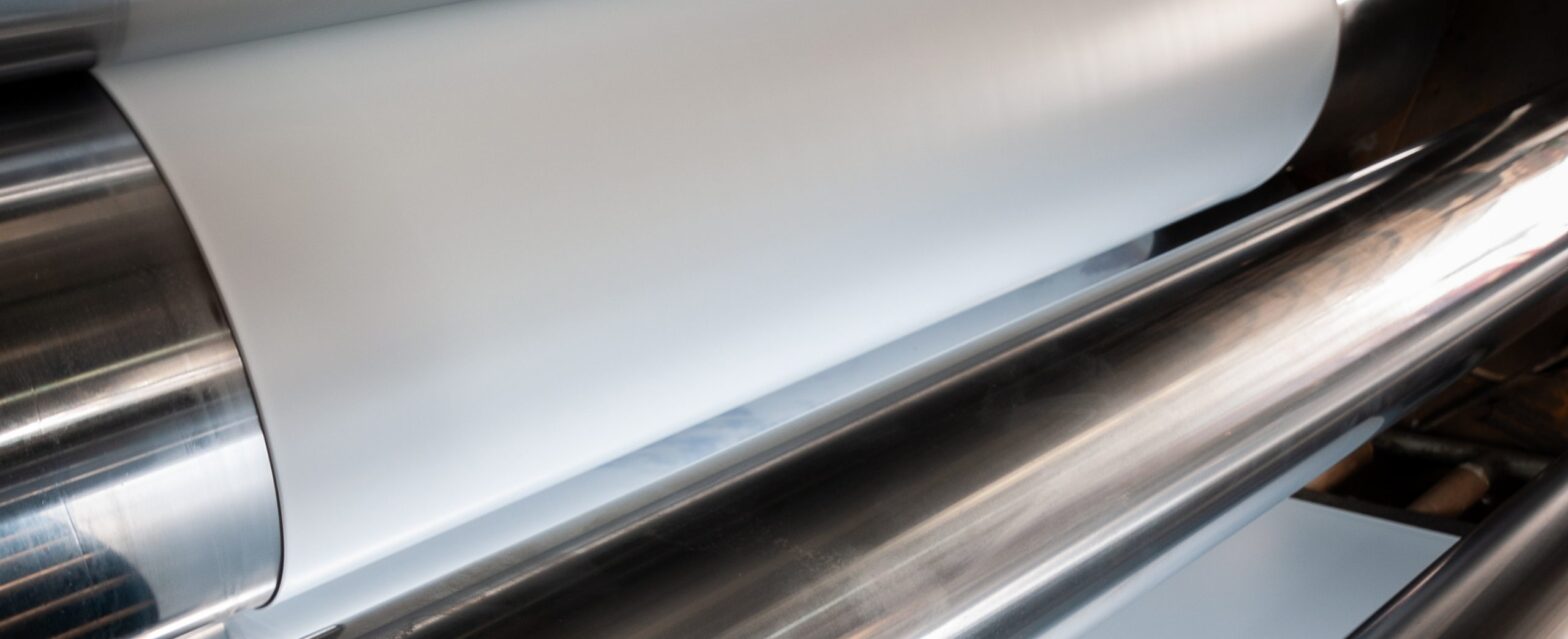The Restriction of Hazardous Substances (RoHS) directive of the European Union limits the use of specific hazardous compounds in electrical and electronic equipment. Steel is included in the range of products that are covered by RoHS. It was first presented in 2002, and since then, various updates have been made. All electrical and electronic devices put on the market after July 2013 must comply with RoHS 2, the most latest version of the standard, which went into force in 2011. Steel is a crucial material that is utilized in many different applications. It can be found in a variety of things, including electronics, machinery, structures, and automobiles.
However, steel may include toxic compounds that are bad for the environment, animals, and people. RoHS forbids the use of these dangerous compounds in steel in order to safeguard us from them. Lead, mercury, cadmium, hexavalent chromium, polybrominated biphenyls (PBBs), and polybrominated diphenyl ethers are only a few of the many compounds that are subject to RoHS. These compounds are well established to be harmful to both the environment and human health. Steel that is put on the market in the European Union must comply with RoHS and not include these chemicals. Steel goods that include any of these hazardous chemicals are likewise subject to the RoHS directive. This covers both steel items created using steel alloys and products made with recycled steel. Any steel product that contains one of these compounds must be marked with the “RoHS compliant” sign per RoHS regulations. This symbol denotes that a product has undergone testing and been determined to be free of any of these dangerous components.
RoHS requirements must also be followed while making steel goods by steel manufacturers. They must thus employ procedures that prevent the introduction or increase of any of these dangerous chemicals in the steel. To confirm that the steel complies with the RoHS regulations, it must also be tested and certified. RoHS is a crucial legislation that aids in defending us against the potentially harmful impacts of hazardous materials in steel. We can contribute to the protection of the environment, our families, and ourselves by ensuring that steel products are devoid of harmful toxins. To ensure that their goods are secure and devoid of these dangerous materials, steel producers must also adhere to RoHS standards. Understanding RoHS and how it relates to steel can help us make sure the items we use are risk-free and devoid of any hazardous materials. By doing this, we can lessen the risk that these toxins will have on the environment and on ourselves.

